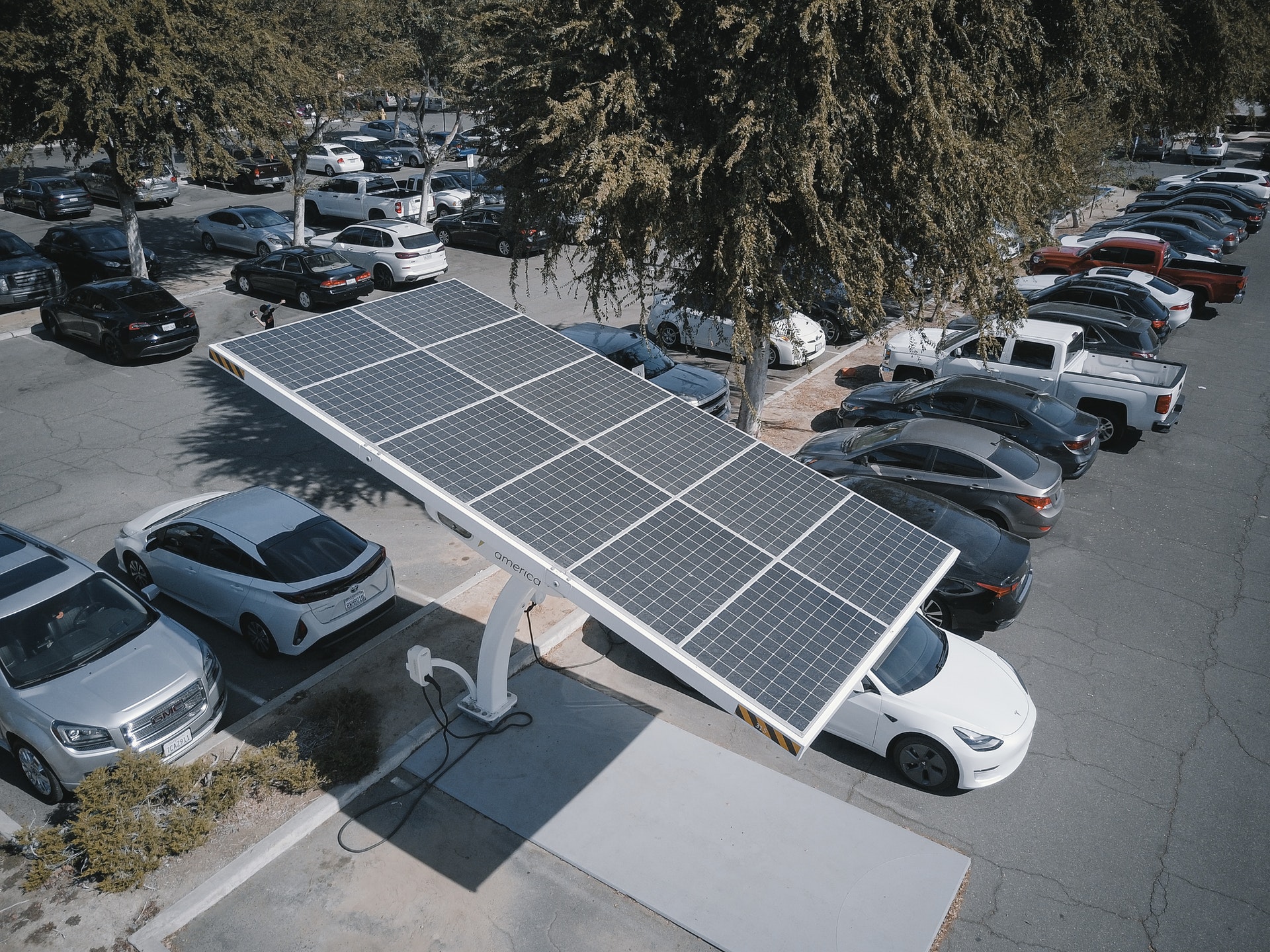
R&D efforts to accelerate the development of solar technology through efficiency improvements appear to be gaining ground.
Scientists from Massachusetts Institute of Technology report boosting the output of ultra thin film silicon cells by as much as 50%.
The new solar cells boast an antireflection coating on the front and a combination of multilayered reflective coatings and a diffraction grating – arrays of tightly spaced lines – on the back.
“If the solar business stays strong, implementation within the next three years is possible,” claims lead scientist Lionel Kimerling.
Meanwhile, a team at the Fraunhofer Institute for Solar Energy Systems (ISE) in Germany has achieved efficiencies of over 20% for crystalline silicon solar cells.
The improvement is down to the fabrication technique – printing cells using Aerosol Jet equipment boosts the efficiency compared to the average value for screen-printed front junction silicon solar cells of 16-18%.
Further into the future, researchers are also looking to new generations of materials to boost the efficiency of solar cells.
Ascent Solar Technologies has reported efficiencies greater than 9.5% with flexible thin-film solar modules based on copper, indium, gallium, selenide (CIGS). The figure has been verified by the US Department of Energy’s National Renewable Energy Laboratory (NREL).
“This appears to be a substantial leap toward realizing high-performance, inexpensive thin-film solar photovoltaics,” says Lawrence Kazmerksi, executive director of NREL.
Meanwhile, scientists at the University of California, Los Angeles have achieved a new milestone in the development of cheap and flexible solar cells based on plastics.
A team led by Yang Yang have developed a new polymer, or plastic, in which a carbon atom is replaced with a silicon atom. The new polymer has much improved photovoltaic properties and the researchers report efficiencies over 5%.
“With the reality of today’s energy crisis, a new-game changing technology is required to make solar cells more popular,” says Yang.
“We hope that our newly synthesized polymer can eventually be used on solar cells far beyond their current rooftop applications.”
The researchers believe that their new material could push the performance of polymer-based solar cells to more than 10%.
